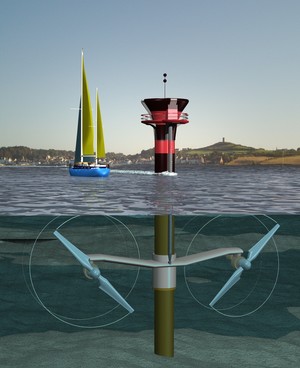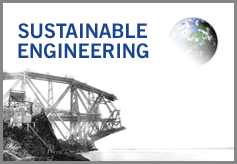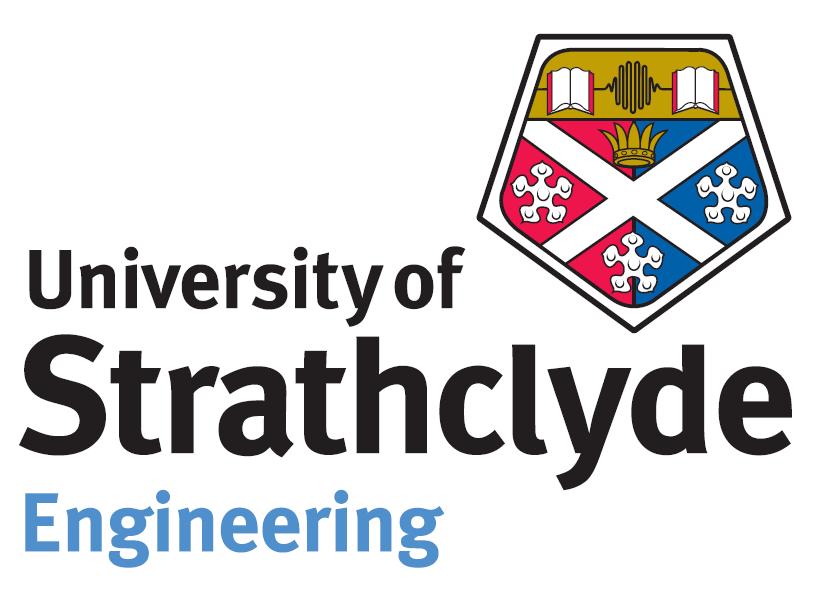Marine Current Turbines (MCT)
Marine Current Turbines Ltd is an independent company providing innovative technologies which extract clean energy from the sea. The basis for their designs lies in pitch regulated axial flow rotors used on the vast majority of successful wind turbines, taking this technology and submerging the device in the sea where energy can be extracted from tidal currents.
MCT developed the world’s first successful offshore tidal turbine, called ‘Seaflow’, and deployed it in May 2003 off Lynmouth, Devon. This experimental 300kW test system has continually exceeded its rated power and rotor efficiency making it unique among existing “wet renewable” technologies. It was decommissioned in October 2009.
 MCT have developed a commercialised prototype called ‘Seagen’, operational in Strangford Narrows, Northern Ireland since May 2008. This device uses twin16m diameter rotors and a current velocity of 2.4m/s to produce a rated power of 1.2MW and has been successful in delivering several hundred MWh to the grid during Summer 2009. Its twin rotors sit on a wing like platforms either side of a tubular steel monopole, 3m in diameter, incorporating a patented system for raising the turbines and power units out of the water for ease of maintenance. A second patented feature which is incorporated into the device allows the rotor blades to be pitched through 180 degrees, enabling the device to be operated during both ebb and flood tides.
MCT have developed a commercialised prototype called ‘Seagen’, operational in Strangford Narrows, Northern Ireland since May 2008. This device uses twin16m diameter rotors and a current velocity of 2.4m/s to produce a rated power of 1.2MW and has been successful in delivering several hundred MWh to the grid during Summer 2009. Its twin rotors sit on a wing like platforms either side of a tubular steel monopole, 3m in diameter, incorporating a patented system for raising the turbines and power units out of the water for ease of maintenance. A second patented feature which is incorporated into the device allows the rotor blades to be pitched through 180 degrees, enabling the device to be operated during both ebb and flood tides.
Key Advantages
- Seagen’s design and development is based on the success of the Seaflow
- Commercialised device likely to prove more successful than test version.
- Patented feature allowing the turbines to be raised out of the water makes maintenance far easier and cheaper.
- Variable pitch allowing for bi-directional flow creates high rotor efficiency by maximising lift/drag ratios.
- Proven similar rotor efficiencies to the best in the wind industry.
Drawbacks
- Large capital cost of pile.
- No yaw rotation: Yawed inflow could induce unsteady dynamic effects leading to unbalanced rotor loading, threatening the structural integrity of the device.
References:
Marine Current Turbines (www.marineturbines.com)
Renewable UK (www.bwea.com)





